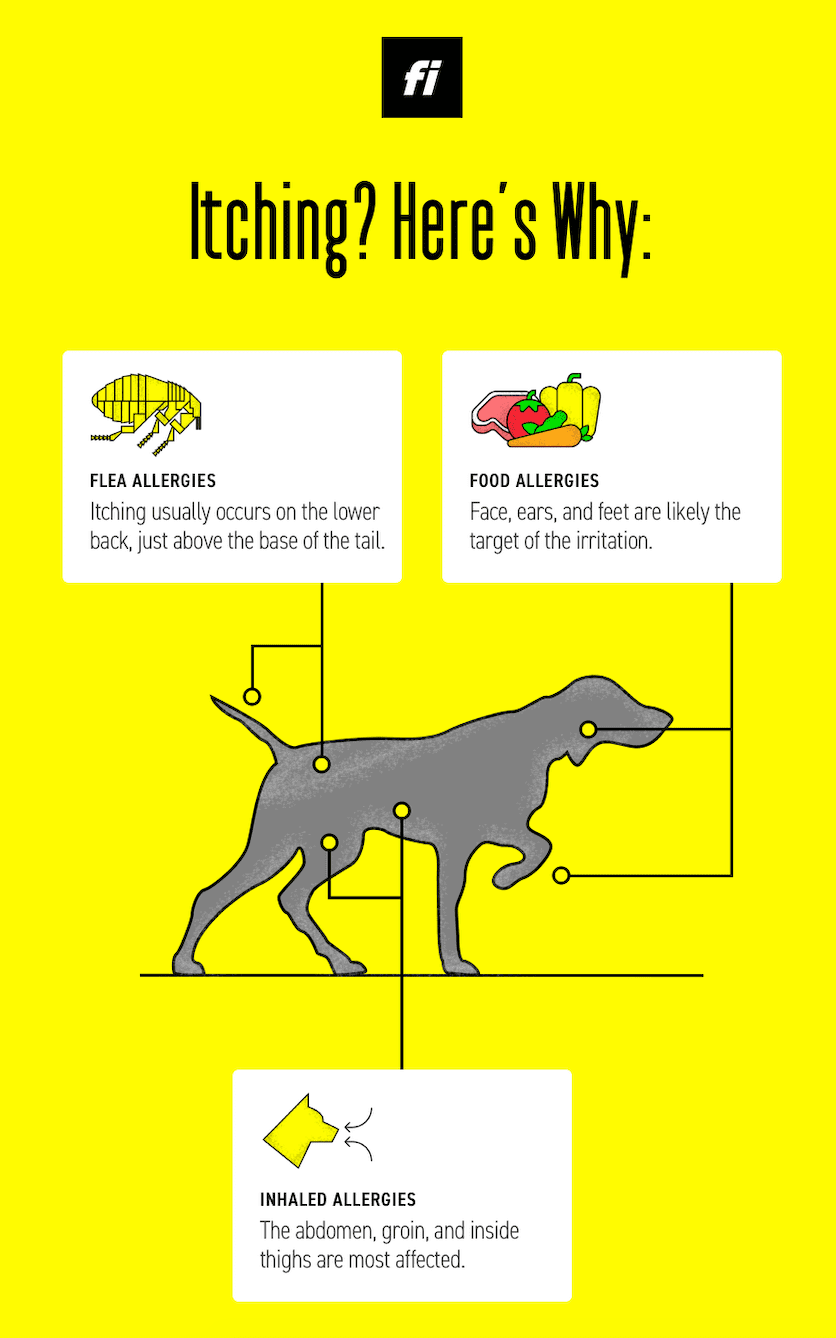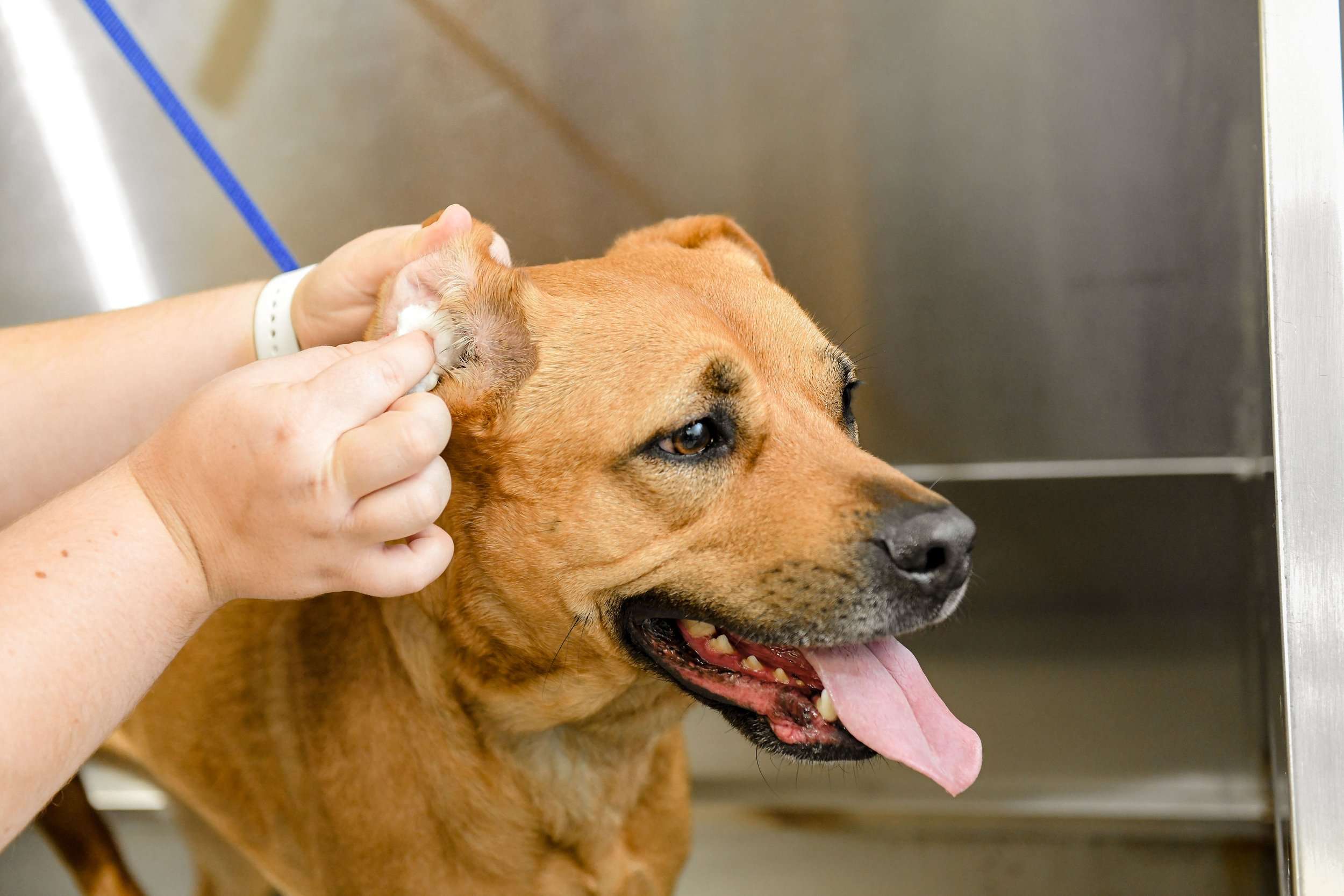Key Takeaways:
- Heat rash in dogs is a common skin condition that occurs when dogs are exposed to high temperatures or humid environments.
- Signs of heat rash in dogs include redness, small bumps, itching, and hair loss in the affected area.
- To prevent heat rash, it is important to keep your dog cool and provide shade and fresh water at all times.
- Treatment for heat rash in dogs may involve using topical ointments or creams recommended by a veterinarian.
- If left untreated, heat rash can lead to more serious complications such as infection or inflammation, so it is crucial to seek veterinary care if symptoms worsen or persist.
Are you a proud dog owner? If so, then you know how important it is to keep your furry friend happy and healthy. But did you know that dogs can also suffer from heat rash, just like humans? Heat rash in dogs is a common condition that can cause discomfort and irritation for your beloved pet. By understanding the causes, symptoms, and treatment options for heat rash in dogs, you can ensure that your canine companion stays cool and comfortable all year round. So, let's dive into the world of heat rash in dogs and discover how to keep your four-legged friend feeling their best!
What is heat rash in dogs and how does it happen?
Heat rash, also known as miliaria, is a skin condition that can occur in dogs when they become overheated. It happens when the sweat glands in their skin become blocked, leading to irritation and inflammation. Dogs cool themselves down by panting, but sometimes the heat becomes too much for their bodies to handle, especially if they are in a hot and humid environment.
When a dog's body temperature rises, their sweat glands try to release sweat to cool them down. However, if these glands become clogged or overwhelmed, the sweat cannot escape properly. This trapped sweat then irritates the skin and causes redness, itching, and small bumps or blisters to form.
Causes of heat rash in dogs:
- Exposure to hot and humid weather
- Strenuous exercise or physical activity
- Prolonged confinement in a poorly ventilated area
- Thick fur coat that traps heat
The importance of recognizing heat rash:
It is important for dog owners to recognize the signs of heat rash so they can take appropriate action to prevent further discomfort for their furry friends. Heat rash can be uncomfortable for dogs and may cause them to scratch or lick at the affected areas, which can lead to secondary infections.
Common symptoms of heat rash in dogs
Dogs with heat rash may exhibit several common symptoms that indicate their discomfort:
- Redness or inflammation on areas of the skin
- Bumps or blisters that may be filled with fluid
- Intense itching or scratching
- Excessive licking or biting at the affected areas
- Discomfort or pain when touched
If you notice any of these symptoms in your dog, it is important to take action to provide relief and prevent further complications.
Preventing heat rash in dogs: Tips and tricks
Prevention is key when it comes to heat rash in dogs. Here are some tips and tricks to help keep your furry friend cool and comfortable:
- Avoid exercising your dog during the hottest parts of the day; opt for early morning or evening walks instead.
- Provide plenty of fresh water for your dog to drink, especially on hot days.
- Create a cool and shaded area for your dog to relax in, either indoors with air conditioning or outdoors under a tree or umbrella.
- Avoid leaving your dog in a parked car, as temperatures can quickly rise to dangerous levels even with the windows cracked.
- If your dog has a thick coat, consider getting them groomed or trimmed during the summer months to help them stay cool.
Treating heat rash in dogs at home
If your dog develops heat rash, there are several steps you can take at home to provide relief:
- Cleanse the affected area gently with a mild antiseptic solution recommended by your veterinarian.
- Keep the area clean and dry to prevent further irritation.
- Avoid using any ointments or creams unless prescribed by a veterinarian.
- Provide cool compresses or baths using lukewarm water to soothe the skin.
- Make sure your dog has access to plenty of fresh water to stay hydrated.
When to seek veterinary care for a dog with heat rash?
In most cases, heat rash in dogs can be treated at home with proper care and prevention. However, there are situations where it is important to seek veterinary care:
- If the heat rash does not improve or worsens after a few days of at-home treatment.
- If the affected area becomes infected, with signs such as increased redness, swelling, discharge or foul odor.
- If your dog shows signs of discomfort or pain that cannot be alleviated with home remedies.
Your veterinarian will be able to provide further guidance and may prescribe medication or recommend additional treatments if necessary.
Are certain dog breeds more prone to heat rash?
While any dog can develop heat rash, certain breeds may be more prone to this condition due to their anatomy or coat type. Breeds with thick fur coats or wrinkled skin, such as Bulldogs or Pugs, may have a higher risk of developing heat rash. Additionally, brachycephalic breeds (dogs with short noses and flat faces) are more susceptible to overheating and may be at an increased risk for heat rash.
It is important for owners of these breeds to take extra precautions during hot weather and closely monitor their dogs for signs of heat-related issues. Regular grooming and keeping them in cool environments can help minimize the risk of heat rash in these breeds.
In conclusion, heat rash in dogs is a common skin condition that occurs when they get too hot. It can be prevented by keeping them cool and providing shade and plenty of water. If your dog shows signs of heat rash, it's important to consult a veterinarian for proper treatment.
How do you treat heat rash on dogs?
Hydrocortisone cream is effective in reducing redness and inflammation on the skin. Your veterinarian will provide guidance on the application and frequency of applying the cream to the rash. It is important to prevent your dog from licking the medication as it may interfere with its effectiveness and potentially cause additional harm to the skin.
What does heat rash look like on a dog?
Although heat rash can resemble other types of common rashes, there are specific symptoms to be aware of. These include sensitive and reddened skin, typically in skin creases and on the abdomen, the presence of scabs and open sores, constant licking and scratching, irritated and itchy skin, and the appearance of small pimples in a localized area.
What does a heat blister look like on a dog?
Hot spots, also called pyotraumatic dermatitis or acute moist dermatitis, are rapidly developing, inflamed skin sores on dogs that may ooze and contain pus. These sores can be found anywhere on a dog's body, but they are most commonly found on the head, legs, and hips.
How do you treat heat rash on dogs groin?
If the groin area does not have any cuts or open sores, you can also use unscented lotion or hydrocortisone cream on the affected area. Avoid using hydrogen peroxide or any other substance that may cause a stinging or irritating sensation on the skin. Sometimes, applying oatmeal to the affected area can also provide relief.
Is Benadryl good for dogs with heat rash?
Benadryl can be helpful in situations where dogs experience hot spots, which is a condition characterized by irritated and moist skin, or if they have itchy and irritated skin. These issues can be caused by food allergies, where some dog foods contain excessive amounts of corn, soy, or other additives that the dog's body reacts negatively to.
Can I give my dog Benadryl for heat rash?
Giving most dogs the correct dosage of Benadryl is safe and effective. It typically takes about an hour for the medication to start relieving symptoms such as skin rashes. It is important to administer the appropriate amount since Benadryl tablets are made for humans and dogs may require lower doses due to their smaller size.

















